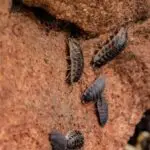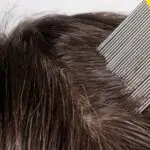How Are Head Lice Not Extinct?
Scientists have discovered that there are two genetic strains of head lice, the first of which has a long history of infesting human hosts. These two louse types were found on early humans around one million years ago, and have continued to infest human hosts even today. The first strain infested Homo erectus, and the second was able to jump from that species to Homo sapiens. Because the two lice strains share a common ancestor, researchers believe that lice can shed important insights into the evolution of human species.
Although head lice have many different characteristics, their genetic makeup is very similar. Hence, head lice are often spread through contact with people who have lice. Some circumstances that encourage lice transmission are sharing a small living space or having multiple infested people. Fortunately, there are some things you can do to reduce the spread of head lice.
The main difference between head lice and body lice is their distribution. The former remain on the scalp, while the latter have developed claws and are able to grab clothing fibers. The two lice are also spread through close personal contact. In order to transfer the infection, a non-infected person must come into head-to-head contact with an infested person. You should avoid sharing personal items with other people, as this will further spread the infection.
The second major difference between these two species of lice is the temperature of the air that the louse lives in. Unless the host is removed from the area where they reside, the lice are not likely to survive. In addition to the temperature, humidity is also an important factor for the survival of head lice. The optimal humidity for lice is 70-90 percent.







